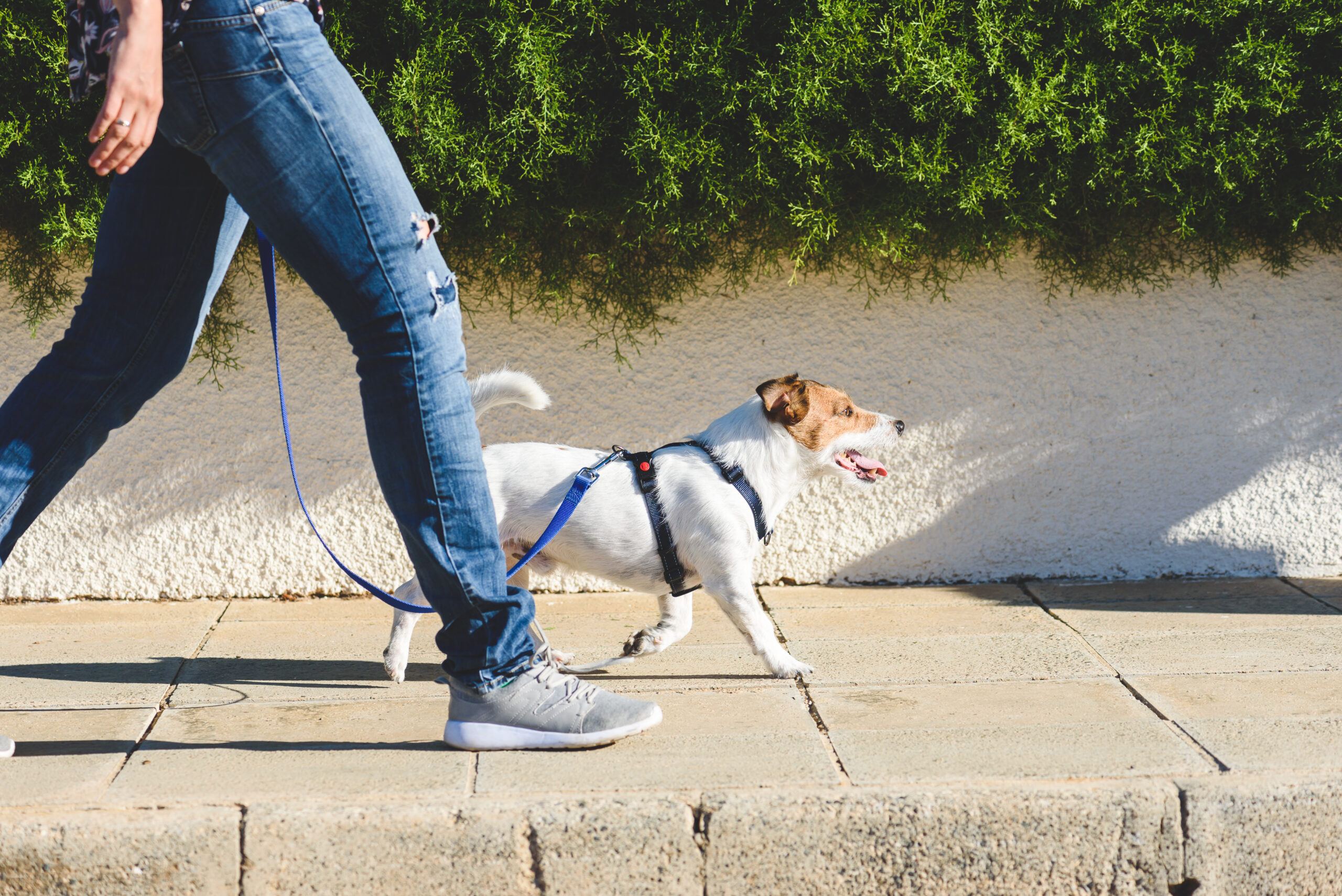What is better, a harness or a collar?
Written by Noa |
The choice between a harness or a collar for your dog depends on various factors, such as your dog's behavior and size. Both options have their own advantages and are suitable for different situations. In this blog, we explain the differences, the types available, and provide tips to help you make the right choice for your dog.

The Advantages of a Collar
A collar is a classic and versatile tool for dog owners. It’s easy to put on and take off, and you can attach a tag with your dog’s name and contact details. Collars are ideal for dogs accustomed to walking nicely on a leash without pulling.
Types of collars:
- Standard collar
Suitable for daily walks and most dogs. - Anti-pull collar
Designed to discourage dogs from pulling without causing discomfort. - Gentle Leader
A head collar that attaches the leash to the dog’s muzzle, giving you more control over the dog’s direction. It gently discourages pulling without putting pressure on the neck.
When to choose a collar?
- For dogs that walk well on a leash and don’t pull.
- For short walks or when the collar is mainly used for identification.
- For dogs without medical issues related to the neck, throat, or airways.
Tip: Make sure the collar fits well: you should be able to fit two fingers between the collar and your dog’s neck.



